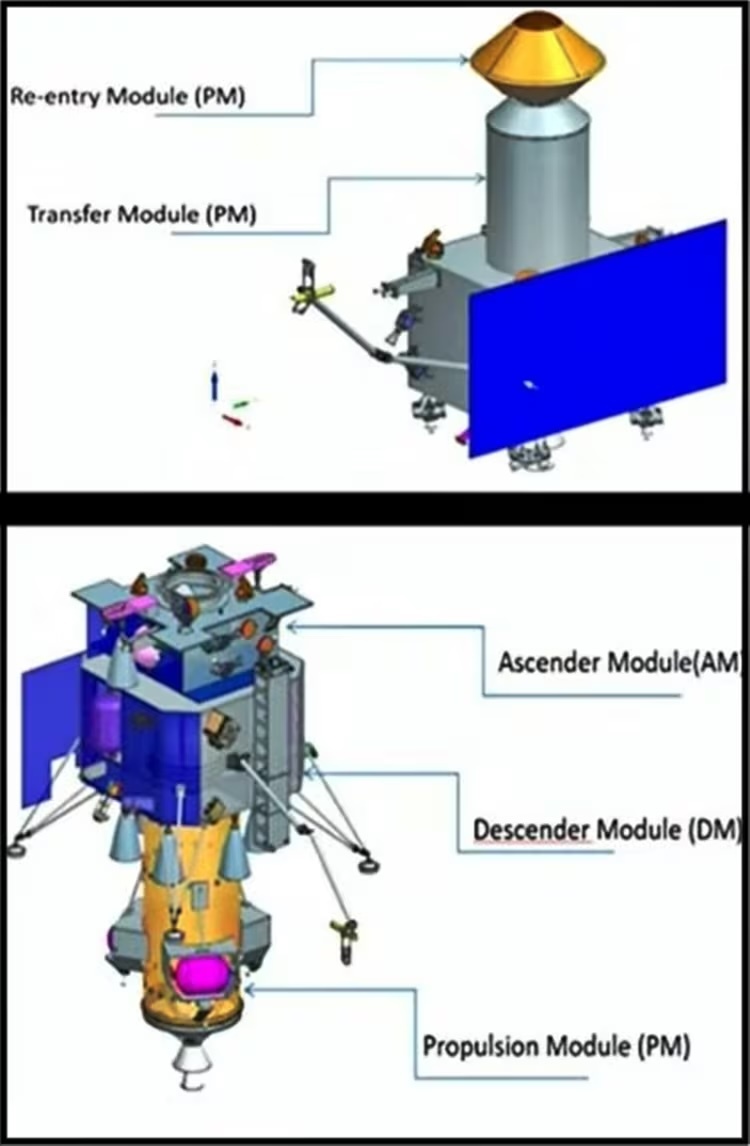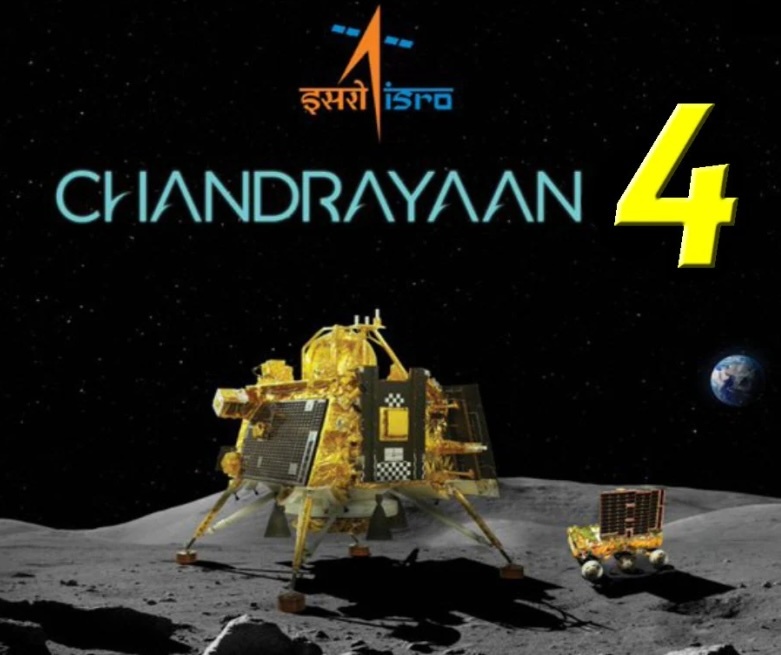28.06.2024
This would have to be done because Chandrayaan-4 is expected to be beyond the carrying capacity of even the most powerful rocket that ISRO currently has.

Chandrayaan-4, which is supposed to bring back samples from the Moon, would not be launched at one go and instead, different parts of the spacecraft would be sent into orbit through two launches, and the spacecraft would be assembled in space before proceeding to the Moon, ISRO Chairman S Somanath said Wednesday.
This would have to be done because Chandrayaan-4 is expected to be beyond the carrying capacity of even the most powerful rocket that ISRO currently has.
The International Space Station and all previous similar facilities were built by assembling different parts in space. However, this would be probably the first time in the world that a spacecraft would be launched in parts and then assembled in space.

“…We have worked out the configuration of Chandrayaan-4… how to bring back samples from Moon to Earth. We propose to do it with multiple launches because our current rocket capability is not (strong) enough to do it at one go,” Somanath said on the sidelines of an event in Delhi.
“So, we have to have docking capability (joining of different parts of a spacecraft) in space — both in Earth space as well as in Moon space. We are developing that capability. We have a mission called Spadex scheduled later this year to demonstrate this capability,” Somanath said.
Docking of spacecraft modules on the return journey from Moon is a fairly routine manoeuvre. A part of the spacecraft detaches from the main spacecraft and makes a landing while the other part remains in the Moon orbit. When the landing part leaves the Moon’s surface, it docks and links up with the orbiting part, becoming one unit again.
However, it would be the first instance of docking of modules in Earth orbit for the onward journey to the Moon. “We are not making any claims to be the first one to attempt this, but yes, I am not aware of anyone else having done this so far,” Somanath said.
ISRO has so far not had any need to carry out a docking operation in space, and Spadex (Space Docking Experiment) mission would be its first opportunity to demonstrate this capability.
Somanath said that a detailed study, internal review, and cost for the Chandrayaan-4 mission have been worked out which will soon be sent to the government for approval. This is one of the four project proposals that the space agency plans seek approval for in line with its Vision 2047, which has envisioned India building its own space station by 2035 and sending humans to the Moon by 2040.
India’s space station, named Bharatiya Antariksh Station (BAS), would also be set up by carrying different parts of the infrastructure in multiple launches.
“The first segment of the BAS can be launched using (the current) LVM3 rocket because it is the only rocket available today and we have decided that by 2028 we should have the first launch of the BAS. For this, we are preparing another proposal for government approval detailing how we plan to build it, what are the technologies required, the timeline and the cost,” Somanath said.
He said details of other modules of the BAS will be worked out in due course. “We have a five module configuration, multiple committees are working on how to develop this,” he said.
Somanath said the subsequent modules of BAS would be lifted either by upgraded version of LVM3 or the Next Generation Launch Vehicle (NGLV), a heavy rocket that is currently under development. He said the full design and production plan for NGLV had been prepared.
“The first step is to convert the vision to actionable items – what would be the nature of the space station, what is the way the NGLV should look like. I have today the project report of NGLV in hand — the full design, including its configuration, architecture, production plan, realisation plan, and cost. This will go to the government for approval,” he said.
ISRO is also creating a new launch complex for the bigger and heavier NGLV. He said the current launch complex would not be adequate for the 4,000 ton rocket. “It requires a huge facility and processing capability,” he said.
Quelle: The Indian EXPRESS
